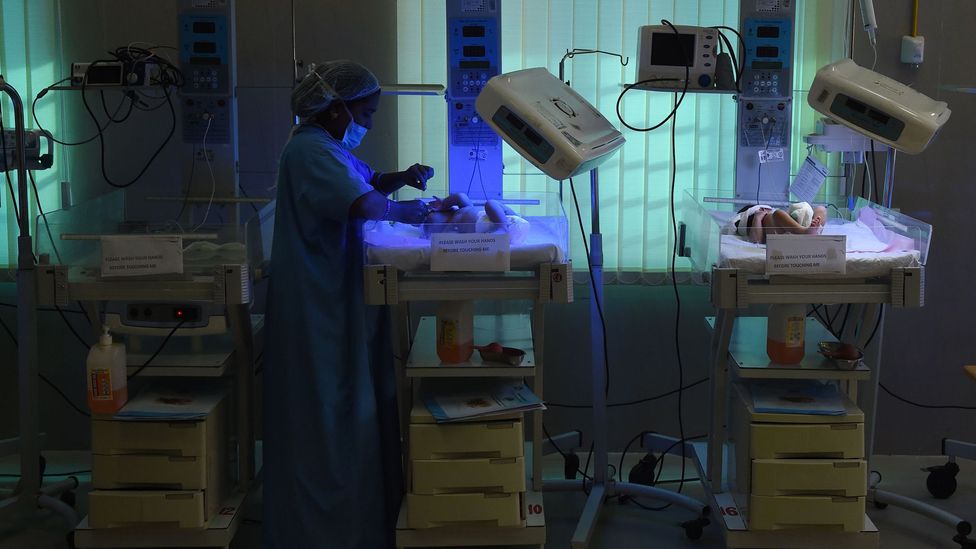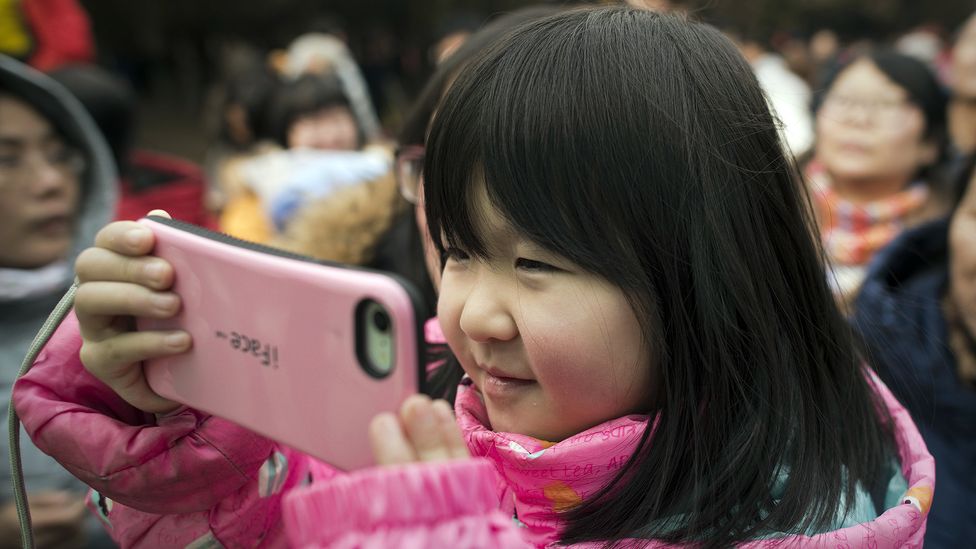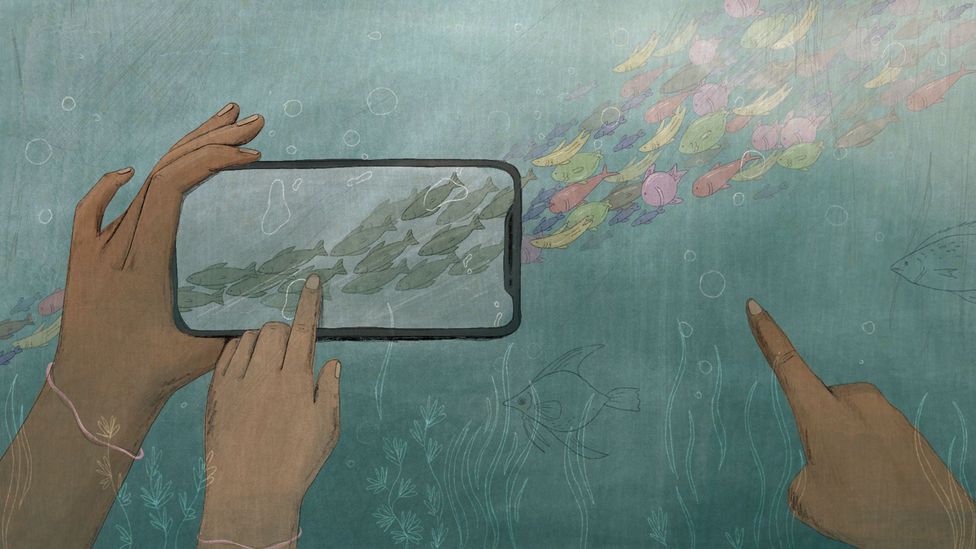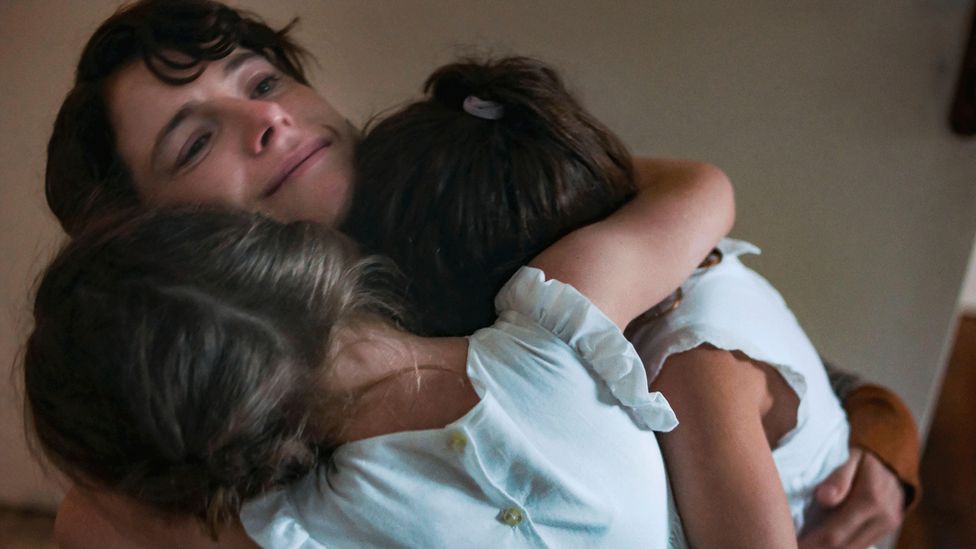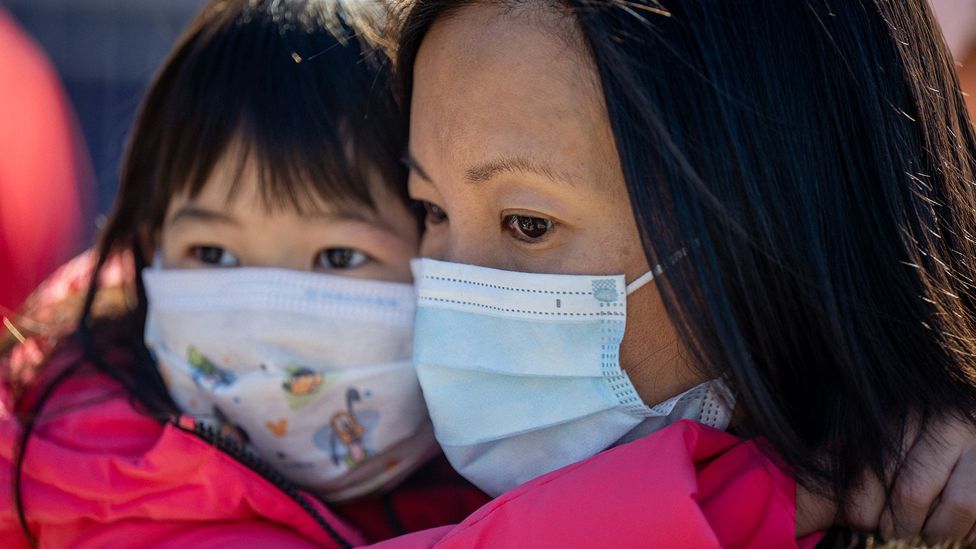Sir Elton John has revealed that he has now lost his sight completely in one eye.
 |
| Some eye infections will clear up of their own accord, others will need to be treated with medication such as antibiotics, in the form of eye drops or ointment, or antihistamines |
He’s famous for his show-stopping glasses but, following a severe eye infection, Sir Elton John has revealed that he has now lost his sight completely in one eye. The Rocketman singer, 77, shared at the gala performance of The Devil Wears Prada: “I have lost my sight and I haven’t been able to see the performance.” He recently also revealed that his poor eyesight had put his new album on hold.
Eye infections are common and, like the flamboyant performer, easy to spot, while some can develop into something more serious. Symptoms vary from redness, itching and swelling to pain and blurred vision and can linger for a few days to several weeks. Some infections will need to be treated with medication such as antibiotics, in the form of eye drops or ointment, or antihistamines, while others may develop into something more acute and require expert medical care.
 |
| Following a severe eye infection, Sir Elton John has been left with 'limited eye vision' - Getty Images |
Here are the five most common afflictions to affect our eyes.
Uveitis
Uveitis is inflammation of the uvea, the central layer of the eyeball that transports blood to the retina and transmits images to the brain. It can be caused by immune system conditions, infections, or eye injuries, and may be contagious, depending on the cause. There are also types that affect the back of your eye, called “posterior uveitis”, which may take longer to treat – up to several months if caused by an underlying condition.
While uveitis doesn’t usually cause any long-term problems, and it usually starts to improve after a few days to weeks of treatment, you can lose vision if a severe case isn’t treated.
“Complex or more severe symptoms need reviewing by an ophthalmologist,” says Hughes. “Never ignore deteriorating vision, especially in the context of a new red or painful eye, as infections can be sight-threatening and require prompt treatment.”
Treatments include: Wearing darkened glasses, eye drops that open up your pupil to relieve pain, corticosteroid eye drops or oral steroids that relieve inflammation, eye injections (ouch) or oral antibiotics for infections that have spread beyond your eye and – in severe cases – medications that subdue your immune system.
Blepharitis
This happens when the skin folds covering the eyes become inflamed. It is usually caused by bacteria clogging the oil glands inside the eyelid skin at the base of the eyelashes, but it may have non-infectious causes. Even when the cause is bacteria, it’s not contagious.
Treatments include: Cleaning the eyelids with clean water and applying a warm, wet towel to relieve swelling, along with corticosteroid eye drops or ointments to help with inflammation.
You may also need lubricating eye drops to moisten your eyes and prevent irritation from dryness, as well as antibiotics, which may be oral, topical, or eye drops. Depending on what causes it, it can become a chronic condition that needs continuous management.
As a general rule, when it comes to our delicate eyes, proceed with caution. “Itchy, gritty eyes or a short history of discharge or watering should be addressed by your GP or chemist,” says Laura Hughes. “If none of these treatments resolve it, it’s best to see an optician promptly for a diagnosis.”
Conjunctivitis (pink eye)
Infected eyes become pink or red and inflamed, and it can also result from allergies or exposure to chemicals, such as chlorine in swimming pools. Especially common in children, conjunctivitis produces sticky pus or makes eyes feel gritty and is extremely contagious. It happens when blood vessels in the conjunctiva (the thin outermost membrane surrounding your eyeball) become infected by bacteria or a virus. “Conjunctivitis symptoms often present as ‘sticky’ in the morning and most commonly, by far, it is caused by a virus,” says Alex Ionides, a consultant ophthalmologist at Moorfields Eye Hospital.
Treatments include: Antibiotic eye drops and over-the-counter (OTC) antihistamines. Sometimes, the only treatment is to wait it out and apply a clean, warm, wet cloth to your eyes to relieve discomfort. “Your chemist can suggest an over-the-counter antibiotic such as chloramphenicol, but may also suggest seeing an eye doctor to confirm the diagnosis, as other more sinister eye diseases, such as iritis, can appear as a red and inflamed eye. “Most viral conjunctivitis settles in two to three days, but some can last for two to three weeks.”
Keratitis
Our corneas are the clear, curved, outermost layer of the eye that covers our pupil and iris, and when this gets infected, keratitis (swelling) happens. It can be caused by an infection (bacterial, viral, fungal, or parasitic) or an eye injury.
“People who wear soft contact lenses are most at risk from bacterial keratitis,” explains Dr Ionides. “Wearers who get a red and inflamed eye should seek immediate advice as these contact lens-related infections can be blinding,” he warns.
Laura Hughes is a consultant ophthalmologist and oculoplastic surgeon who warns that contact lens wearers need to be especially careful. “Never swim, shower, sleep in lenses or rinse them under tap water,” she says. “As there is also risk of acanthomoeba infection (acanthomoeba keratitis) which is a very serious parasitic infection that can blind and it can be found in various environments including tap water.”
If you notice symptoms, see your doctor immediately in case an infection can be stopped.
Treatments include: Antibiotic eye drops, which should improve the symptoms in two to seven days after using them. Fungal infections can take many weeks. However, a viral infection cannot be fully eliminated, even with oral antiviral medications or eye drops, and symptoms may later return.
Styes
A stye is a pimple-like bump that develops from an oil gland on the outer edges of your eyelids. These glands can get clogged with dead skin, oils and other matter, allowing bacteria to overgrow in your gland. The resulting infection causes a stye (or “hordeolum”). Like blepharitis, styes are generally not contagious.
A stye should disappear in about seven to 10 days. Treatments include applying a clean, warm, damp cloth to your eyelids for five minutes at a time a few times a day and using mild, scent-free soap and water to clean your eyelids.
“Styes are caused by an infection of an eyelash follicle,” says Alex Ionides, “the infection can be drawn out by what your grandmother might have called ‘hot spoon bathing’, that is, stir your tea with a metal spoon and then apply it to the stye.”
Treatments include: Ionides doesn’t recommend using any spoon that’s been in tea, though bathing with a warm flannel can help. “If the skin starts to become infected and spreads, antibiotic tablets are needed, so see an eye doctor if in doubt. Moorfields has 24-hour eye A&E clinics.”
An antibiotic ointment might be prescribed to help kill the infectious overgrowth, along with over-the-counter tablets such as acetaminophen (Panadol, or paracetamol) to help with pain and swelling. While you’re being treated, you may need to stop using contact lenses or eye make-up.
Prevention
To help stop eye infections or keep viral infections from recurring:
- Don’t touch your eyes or face with dirty hands
- Bathe regularly and wash your hands frequently
- Eat a balanced diet, as nutritional deficiencies are thought to be related to the development of various eye diseases, including infection
- Use clean towels and tissues on your eyes
- Don’t share eye and face make-up with anyone
- Wash your bedsheets and pillowcases at least once a week
- Wear contact lenses that fit well into your eye, and see your eye doctor regularly to check them
- Use contact solution to disinfect lenses every day
- Don’t touch anyone who has conjunctivitis
- Replace any object that’s been in contact with an infected eye
The bottom line
Eye infections can be caused by germs from objects such as door handles, keyboards, phones and shopping baskets. Germs can also pass from your hands to your eyes, or from someone you shake hands with.
Eye infection symptoms often go away on their own in a few days. But seek emergency medical attention if you have severe symptoms such as pain or loss of vision. The earlier infections are treated, the less likely you are to experience any complications or loss of vision.
Eye cells can’t regenerate, so once they’re damaged or injured, they can’t be repaired or replaced.





